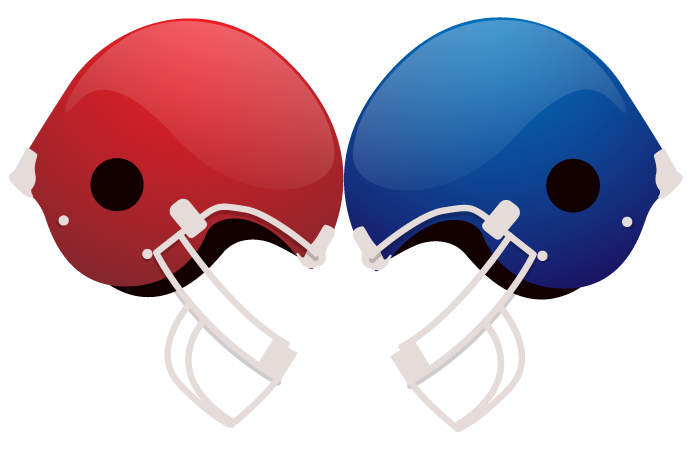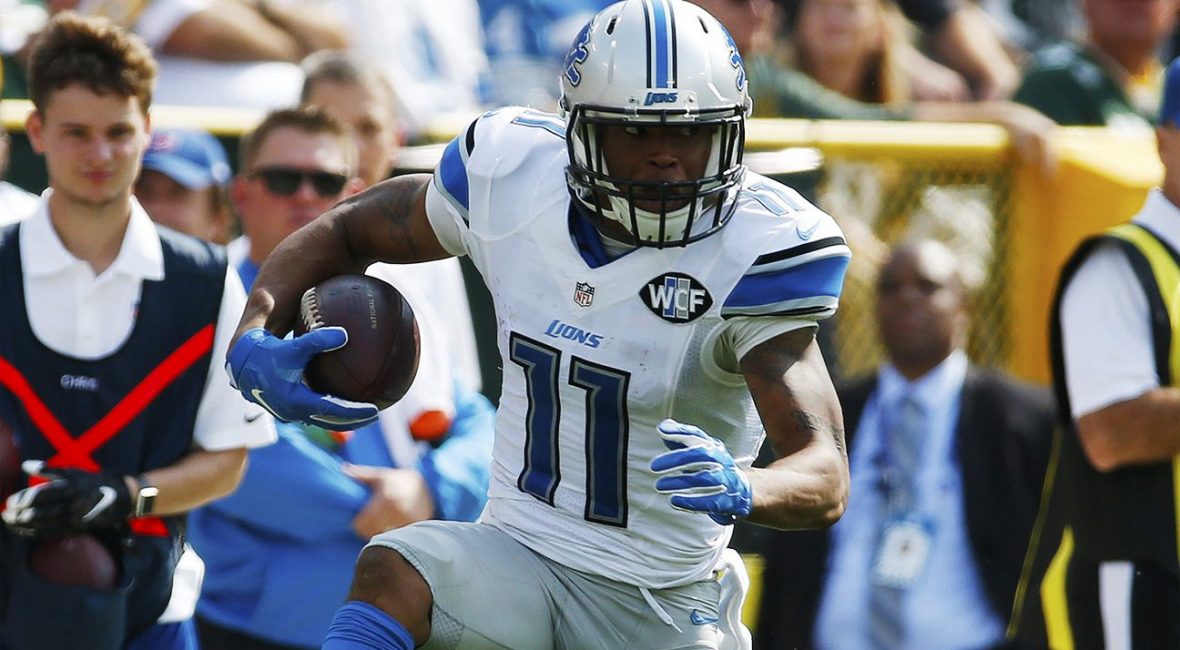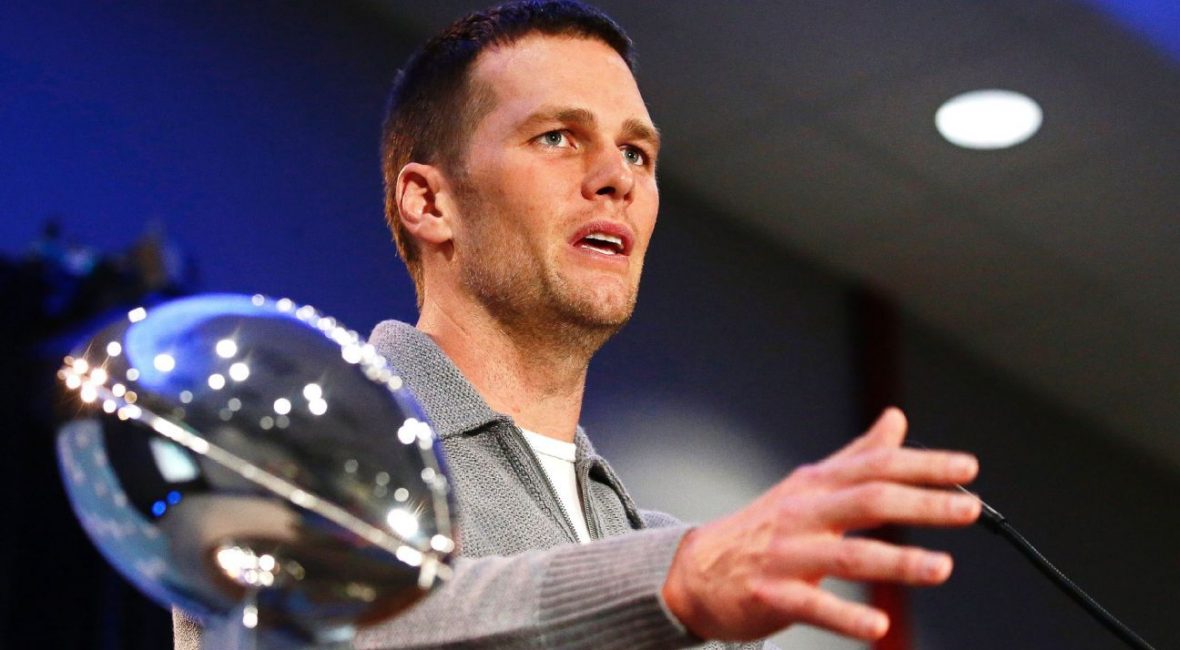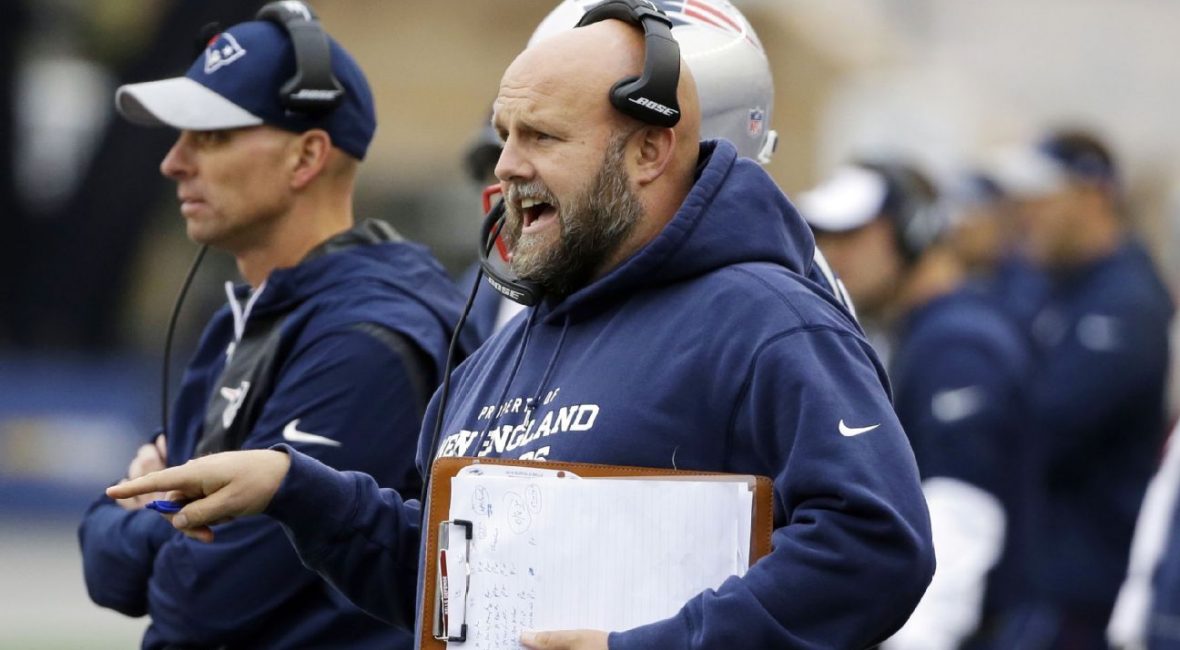The Washington Redskins know, if they keep quarterback Kirk Cousins long term, that they must surround him with enough talent to flourish. That’s why deciding what they should pay him, or accepting that figure, has been difficult.
If they do sign him, they can’t blame any future mishaps on Cousins’ contract limiting their ability to improve. It’s just not accurate. If the Redskins sign Cousins and fail to get better, it’s because of other moves that didn’t work out — whether this offseason or from the past.
This much is true: Cousins does need help to flourish. Most quarterbacks do, even those getting paid quite a bit of money. Otherwise, Drew Brees would have won more than 14 games in New Orleans the past two years. Cousins is not Brees, but the point is they all need help. The Redskins are well aware of that with Cousins, who has admitted as much himself.
Cousins will be paid more than his standing among quarterbacks (timing and leverage). But this is the same team that made Josh Norman the highest-paid corner. Norman is good, but is he the NFL’s best corner? He had multiple teams bidding; the price increased and the Redskins paid him. That’s how this works.
Other teams succeed
The Atlanta Falcons’ Matt Ryan took up 18.43 percent of the salary-cap space. The Falcons went from 4-12 the year Ryan signed a deal worth $20.75 million per year (when the cap was $123 million) to 11-5 this past season. Why? A new coach and improved talent acquired through the draft and free agency.
Yeah, the Baltimore Ravens have struggled since signing Joe Flacco long term; the Ravens also have missed on some receivers and tight ends. Last season, Flacco occupied 16.77 percent of the cap — a high amount. Here are others right around Flacco: Matthew Stafford (17.74); Eli Manning (16.87), Ben Roethlisberger (17.29). Brees was nearly 17 percent — but the 7-9 New Orleans Saints had an astounding $43 million in dead money. Yes, Cousins lacks the resume, and playoff success, of most of these quarterbacks. Nobody is wondering if Cousins is elite, either. So if that’s the rationale, that’s fine. Don’t pay him, but these teams have been able to still build around their quarterbacks.
Give the Redskins credit for how they’ve managed the cap under team president Bruce Allen and chief negotiator Eric Schaffer. It’s how they escaped their salary-cap hell of 2012-13. They’ve been a bit more frugal.
The goal is to remain in good shape. The Redskins currently are approximately $64 million under the salary cap; even if Cousins is tagged that leaves them with $40 million (assuming the cap hits the projected $168 million). They have the ability to free up more money if they want.
Also, keep in mind: The cap is projected to keep rising (that assumes TV deals will continue to increase, too, of course. If not, then it won’t rise as much or will stay flat). It could reach $190 million in two years.
The Redskins have other free agents they’d like to keep — at the right price, of course. Regardless of what happens with Cousins,
they might lose DeSean Jackson and Pierre Garcon. They have future contracts to worry about as well, as I wrote about here.
They want to maintain flexibility, which is smart. It allows you to keep the guys around you have worked to develop.
Develop your own
If the Redskins don’t succeed after signing Cousins? Look at other factors. Will the 2016 class produce more than it did this past season? It takes time to measure a class, and if Josh Doctson and Su’a Cravens become top starters? It looks strong. The ’15 class has some hits already — guard Brandon Scherff, receiver Jamison Crowder. If Doctson can’t stay healthy? That’s unrelated to Cousins’ cap space. When you miss in the draft, you have to pay more to fix a problem in free agency.
They’ve drafted 17 players the last two years. They still have control of 13; develop them and they are fine. Otherwise, they have put themselves in a bad spot.
The Redskins have nine draft choices this spring. It’s impossible to hit on all of them, but that would have given them 26 draft picks in three years, with a general manager in Scot McCloughan who prides himself in this area. If they miss on too many, that’s on them.
Look at the free-agent classes of the last two offseasons. Here are players signed in that time who are no longer here: Chris Culliver, Stephen Paea, David Bruton, Kendall Reyes, Jeron Johnson, Dashon Goldson (trade) and Terrance Knighton. More hits mean the team keeps winning. If a team draftss and develop, it doesn’t need as many hits.
The Redskins gambled last year by not giving Cousins a long-term deal. It’s their right; they weren’t convinced enough in him long term. They also never made an offer that would even tempt him. So here we are and Cousins is playing the leverage game. That’s his right.
This isn’t about what they must do now. If they don’t believe in Cousins; that’s fine. But if they do make a deal, it doesn’t have to cripple them. Cousins’ future play will help determine that — but so will the other moves they’re still able to make.





